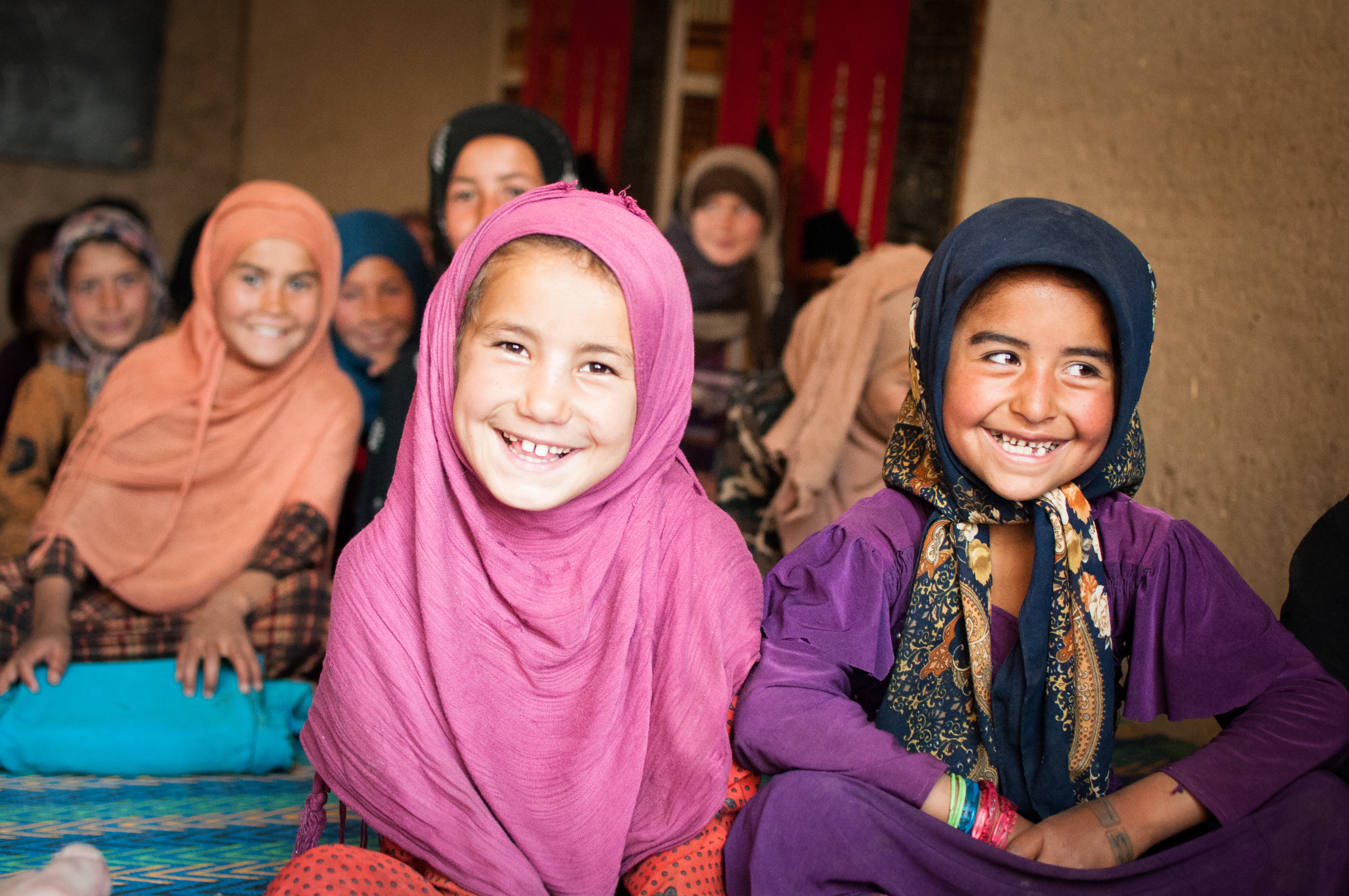
Children
About half of the Afghanistan’s population is children under the age 15 and over 3 million of children are faced with different dangers.
More than 4 million children are out of school and a majority of them are girls. Secondary schools for girls have been closed after the change of government in 2021. Children with disabilities and children of the nomadic Kochi people are also often denied their right to education.
In 2022, the Swedish Committee for Afghanistan provided educational services for 130,000 children, 65 percent of them girls. Schools have been established in remote villages where no other education is available. In addition, SCA provides a three-year preschool educational training to children with disabilities who can then be enrolled in mainstream schools.
Children as the most vulnerable group of society also face some serious health problems. In every 1,000 children, 50 of them die before age 5. SCA extends high-quality health services for children, mothers, and people with disabilities.